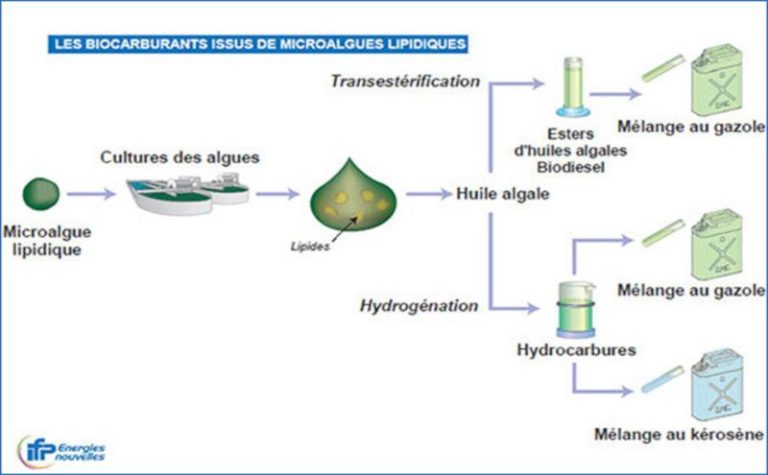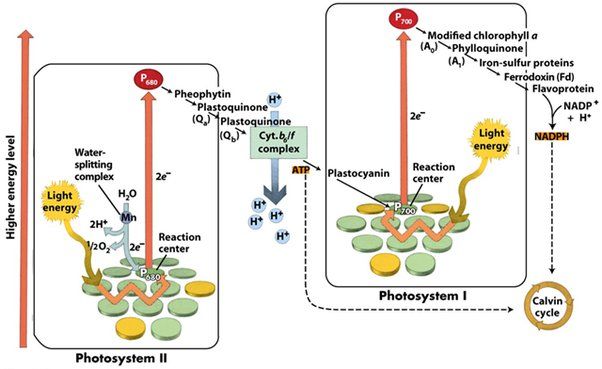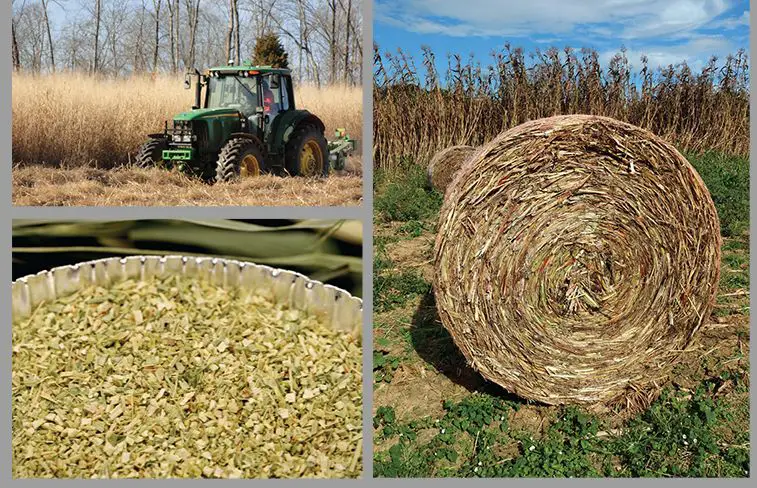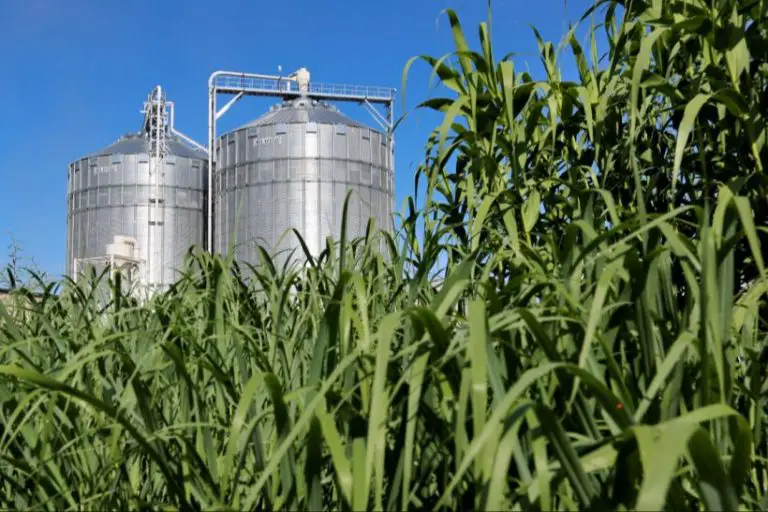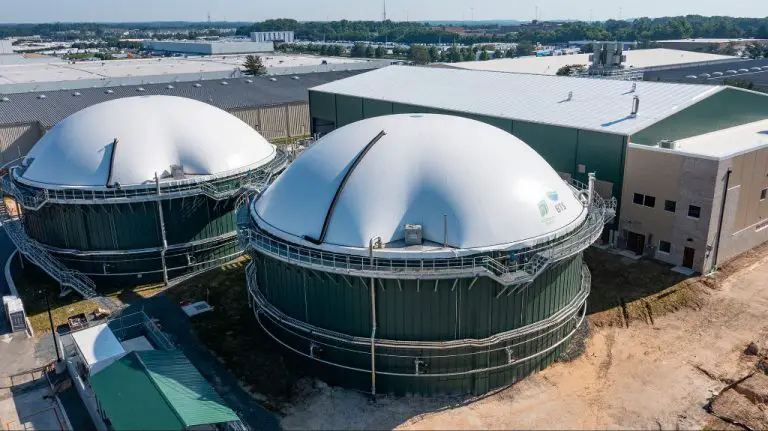What Are The Uses Of Biomass Plants?
Biomass plants utilize organic matter such as plants, agricultural waste, and animal waste as fuel to generate electricity and heat. The principle behind biomass plants is that energy from the sun is stored in organic matter via photosynthesis. This stored solar energy can then be recovered by burning the organic matter in a controlled and efficient manner.
The main purpose of biomass plants is to provide renewable energy while also offering an environmentally-friendly way to dispose of organic waste materials. Unlike fossil fuels which take millions of years to form, biomass fuels can be rapidly replenished as organic matter grows. This makes biomass an attractive sustainable energy source.
Biomass plants have a wide variety of uses including generating electricity, providing heating and cooling, producing transportation fuels, powering industrial processes, managing waste, and creating jobs. This article will explore the many applications and benefits that biomass plants can provide.
Electricity Generation
Biomass power plants generate electricity through the combustion of biomass fuels. These plants burn organic matter such as wood chips, agricultural waste, or garbage to produce high-pressure steam that spins a turbine to generate electricity.
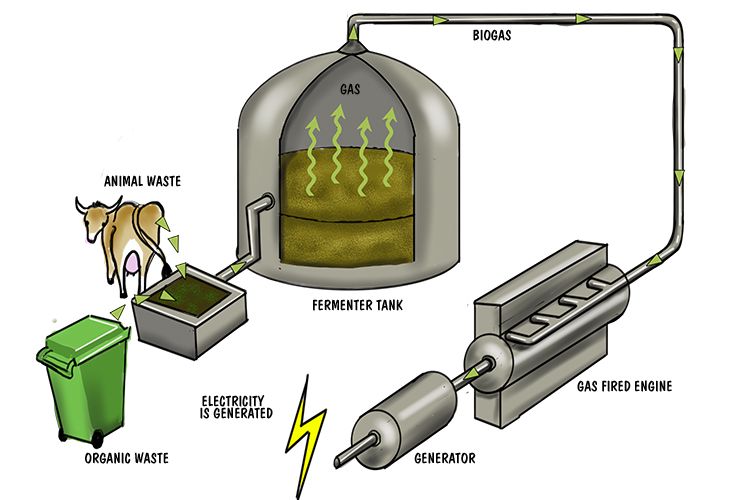
The most common types of biomass fuels used for electricity generation include:
- Wood and wood processing waste – sawdust, timber slash, wood chips, bark, and black liquor from paper manufacturing
- Agricultural residues – straw, sugarcane bagasse, coconut shells, and corn cobs
- Food, yard, and wood waste – municipal solid waste and landfill gas
- Energy crops – fast growing trees and grasses grown specifically for energy production such as miscanthus and willow
The use of biomass for power generation provides clean electricity with low net carbon emissions. However, attention must be paid to sustainable harvesting practices when using waste biomass fuels.
Heating and Cooling
Biomass can be used as a direct source of heat for residential, commercial and industrial buildings. One way this is done is through district heating systems, which use hot water or steam piped underground to heat multiple buildings in a community.
Biomass district heating systems typically have a central heating plant that burns wood chips, pellets or other biomass fuels to heat water, which is then distributed through insulated pipes to provide space heating and hot water to connected buildings. The scale of district heating allows for more efficient use of biomass fuel than individual building systems.
Combined heat and power (CHP) plants are another way to utilize biomass for heating. CHP plants generate electricity while also capturing the heat produced during power generation to provide steam or hot water for heating nearby buildings. Biomass fuels like wood, agricultural residues and biogas can all be used in CHP systems.
Using biomass for heating and cooling allows communities and companies to reduce their dependence on fossil fuels. It provides a renewable, often local fuel source and increases resiliency. With the right policies and incentives, biomass heating can be cost-competitive with conventional heating fuels.
Transportation Fuels
One of the main uses of biomass plants is to produce biofuels that can be used for transportation. This includes fuels like ethanol and biodiesel that are made from biomass feedstocks such as corn, sugarcane, vegetable oils, animal fats, and even algae.
Ethanol is commonly blended with gasoline to make a transportation fuel known as gasohol or E10. This 10% ethanol blend helps boost octane ratings while reducing emissions. Higher ethanol blends like E85 (85% ethanol, 15% gasoline) can also be used in flex-fuel vehicles optimized for these fuels.
Biodiesel is produced by transesterification of oils and fats. It can be blended with petroleum diesel or used as a pure biodiesel (B100) in diesel engines with minor modifications. Biodiesel burns cleaner than petroleum diesel and also helps lubricate the engine.
Biofuels help displace fossil fuels for transportation, reducing net carbon emissions since the feedstocks absorb CO2 as they grow. With improved technologies, biomass plants can produce sizable volumes of renewable transportation fuels from organic waste materials.
Industrial Processes
Biomass can be used as a feedstock for many industrial processes and manufacturing applications. The organic compounds found in biomass can be extracted and converted into useful materials and chemicals.
For example, biomass can go through fermentation to produce ethanol, which can then be used in the chemical industry to make paints, adhesives, cosmetics, pharmaceuticals and more. Ethanol from biomass is also commonly blended with gasoline as a transportation fuel.
Biomass can be processed into bio-oils through pyrolysis, which breaks down the organic matter with heat in the absence of oxygen. These bio-oils contain chemicals like phenols, alcohols, acids and esters that have applications in making plastics, resins, and food additives.
The woody portions of biomass can be processed into cellulose, lignin, and chemical pulps that are used to manufacture a wide array of paper products, textiles, and composite materials. With further processing, cellulose can even be turned into rayon clothing or cellophane.
Biomass gasification produces a synthesis gas (“syngas”) containing hydrogen, carbon monoxide, and carbon dioxide that can be used to generate electricity and heat or as a building block for liquid fuels and various chemicals. Syngas can also potentially serve as a direct substitute for natural gas.
In summary, biomass offers a renewable feedstock for numerous industrial processes and products that would otherwise rely on fossil fuel inputs. Converting to biomass can help reduce greenhouse gas emissions and waste while supporting sustainable manufacturing.
Waste Management
Biomass plants can play an important role in waste management by diverting waste from landfills. Organic waste like agricultural residue, wood scraps, and even municipal solid waste can be used as fuel in biomass power plants.
There are different types of waste-to-energy plants that utilize different conversion processes to generate electricity from waste. These include:
- Incineration plants that directly burn waste.
- Anaerobic digestion plants that use organic waste to produce biogas which is then used for power generation.
- Gasification and pyrolysis plants that convert waste into syngas or bio-oil which can then be used to generate electricity.
Using waste as a fuel reduces the volume of waste being sent to landfills. It is estimated that for every 1 ton of waste used to generate electricity in a biomass plant, approximately 1 ton of CO2 emissions are avoided from landfills. Waste-to-energy plants thus serve the dual purposes of creating energy while also reducing landfill waste.
Job Creation
Biomass power plants can provide significant economic and employment benefits, especially in rural areas. Constructing a new biomass plant creates temporary construction jobs, while operating the plant provides long-term employment opportunities for plant workers, equipment operators, managers, engineers and agricultural workers who supply the biomass fuel.
According to a 2016 report by the U.S. Department of Energy, the biomass power industry supports over 65,000 jobs across the country. These jobs provide wages and benefits that are over 40% higher than average non-farm payrolls. The biomass power sector generates over $12 billion in economic activity each year.
Locating biomass facilities in rural communities can help create steady, good-paying jobs in areas with limited employment options. This helps prevent rural flight and supports the local economy through increased tax revenue and spending in the community. The stable demand for biomass fuels also provides year-round income opportunities for farmers and loggers.
Environmental Benefits
Using biomass for energy can provide significant environmental benefits compared to fossil fuels. The main benefit is reducing greenhouse gas emissions, especially carbon dioxide.
When biomass grows, it absorbs carbon dioxide from the atmosphere through photosynthesis. When it is burned for energy, carbon dioxide is released back into the atmosphere. This cycle can make biomass a carbon neutral energy source. Fossil fuels, on the other hand, release carbon dioxide that was locked away underground for millions of years, increasing the total amount of carbon dioxide in the atmosphere.
Another environmental benefit is carbon sequestration. When biomass is grown sustainably, it can act as a carbon sink, meaning it absorbs more carbon than it releases. The carbon is stored in the soil and biomass as it grows. Research shows that sustainably managed biomass crops and forests can sequester substantial amounts of carbon in soils over time.
In summary, using biomass as an energy source can reduce greenhouse gas emissions and sequester carbon when done sustainably. This makes it an attractive option to help mitigate climate change impacts compared to fossil fuel use.
Challenges and Drawbacks
While biomass offers many benefits, it also comes with some challenges and drawbacks that need to be considered. One of the main issues is the high costs associated with biomass plants. Constructing a new facility requires major capital investments, and operation and maintenance costs can also be substantial. Fuel costs may be volatile if facilities are relying on purchased biomass. The technology involved is also not yet as efficient or advanced as other renewable sources like solar and wind.
Sourcing sustainable biomass fuel can also be challenging. There are concerns that some biomass operations are cutting down forests or diverting agricultural land to grow fuel crops. Facilities need to develop responsible and renewable biomass supply chains to ensure sustainability. There are also debates around carbon neutrality and the time it takes for biomass to regrow and recapture carbon released during combustion.
In addition, while modern plants have greatly reduced emissions compared to years past, burning biomass can still release air pollutants like nitrogen oxides, sulfur dioxide, particulate matter, and carbon monoxide. Facilities in populated areas need effective air pollution control systems to limit impacts on public health. There are also ash disposal issues that must be managed properly to avoid contamination.
Future Outlook
The future outlook for biomass energy is promising, with projected growth in many applications. Here are some key areas where experts foresee expansion and innovation in biomass technologies:
Increasing capacity: With renewable energy targets in many countries, experts project strong growth in biomass power generation capacity over the next decade. More efficient plant designs and lower costs will enable further expansion.
Advanced biofuels: There is active research into next-generation biofuels from non-food biomass such as crop residues, municipal waste, and algae. These could enable sustainable transportation fuels with lower land and resource requirements.
Waste-to-energy: Converting more municipal solid waste, agricultural residues, and forestry waste into energy via biomass facilities is a key opportunity. Some countries already derive 10-15% of energy from waste.
Bioenergy with carbon capture: Combining biomass with carbon capture and storage technologies has the potential to yield negative emissions energy. This could help offset fossil fuel emissions in power generation and heavy industry.
Small and modular designs: There is increasing focus on smaller, modular biomass systems that can meet local heating and power needs cost-effectively while minimizing logistics and land requirements.
With technology improvements, declining costs, and the urgency of climate goals, biomass is poised to play an expanding role in sustainable energy solutions.

